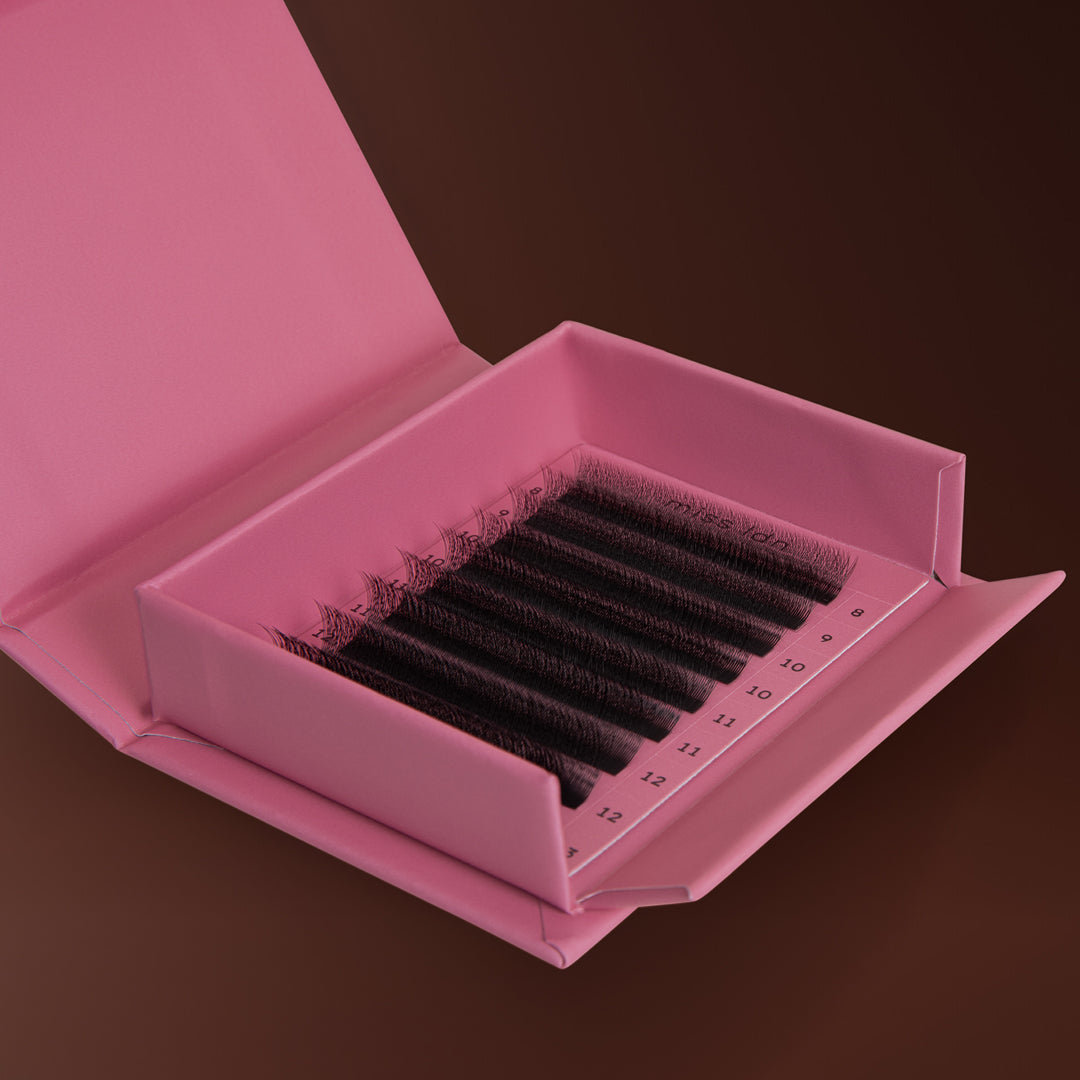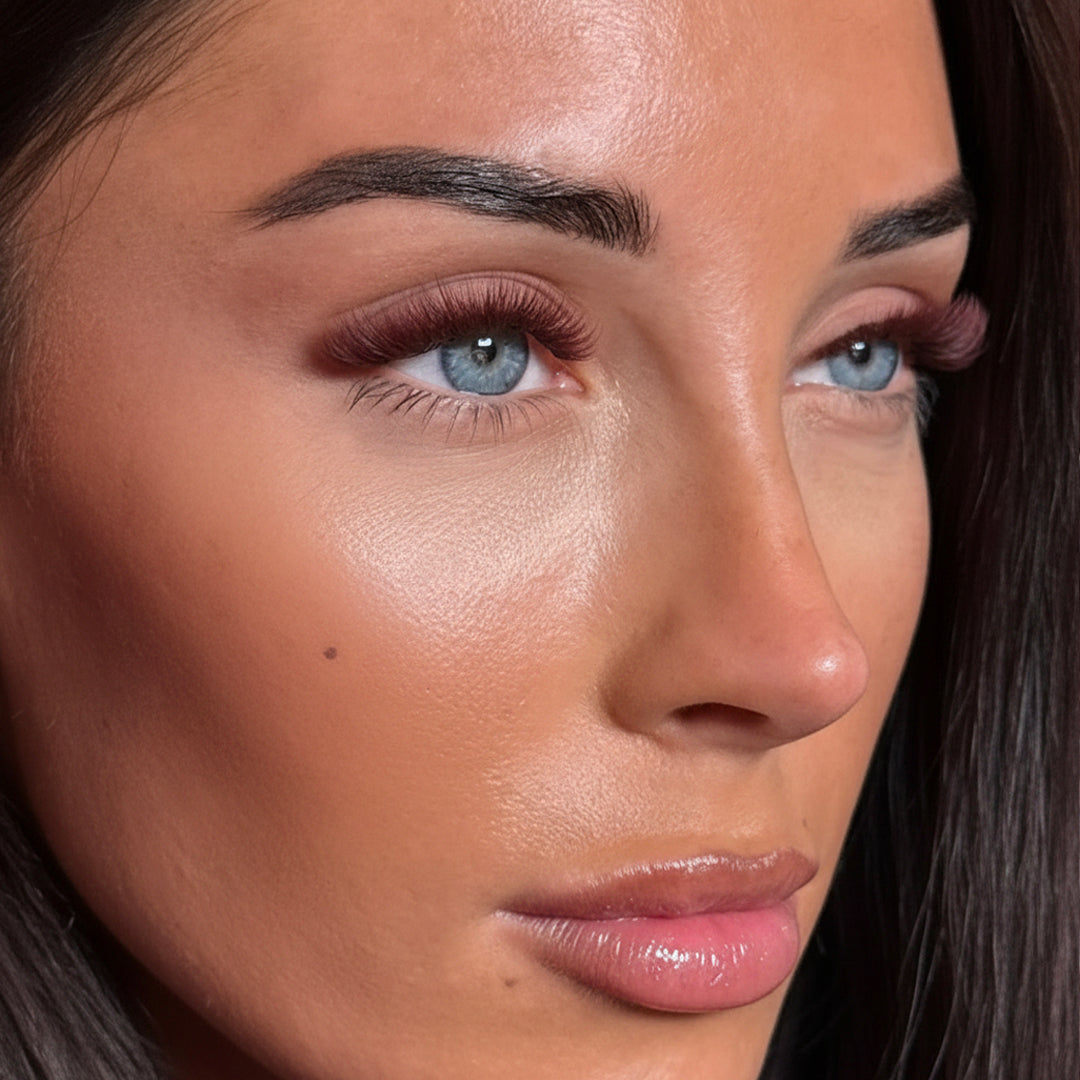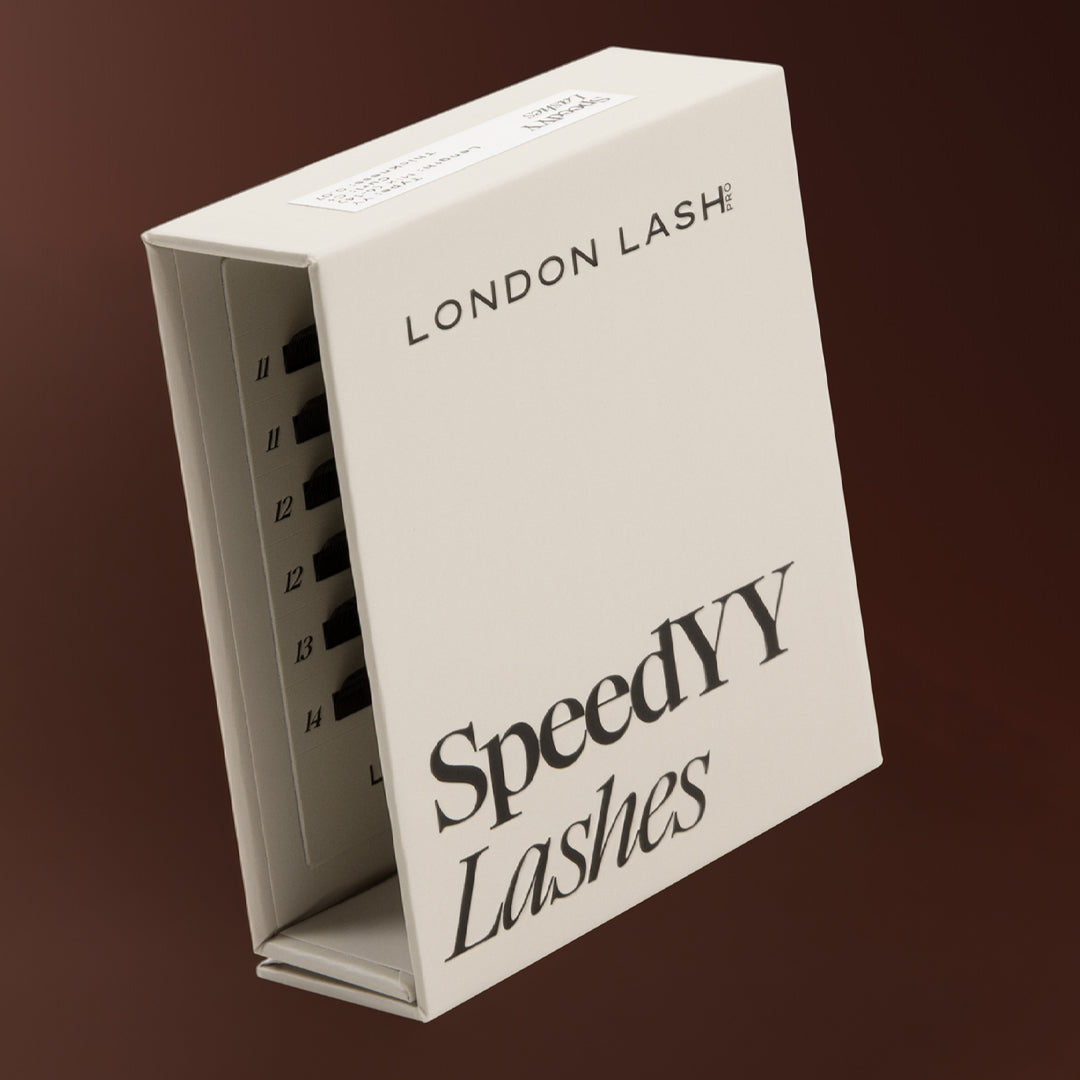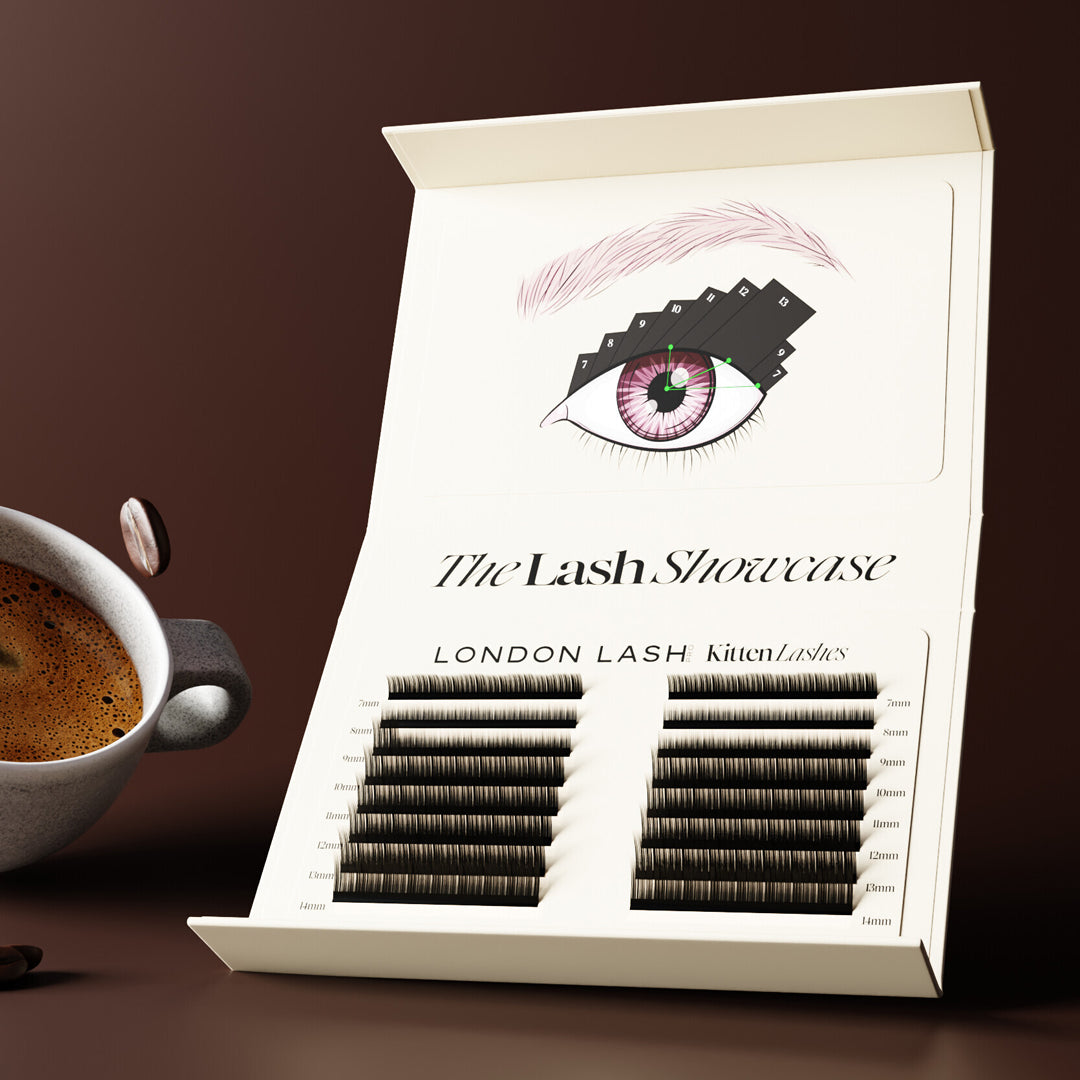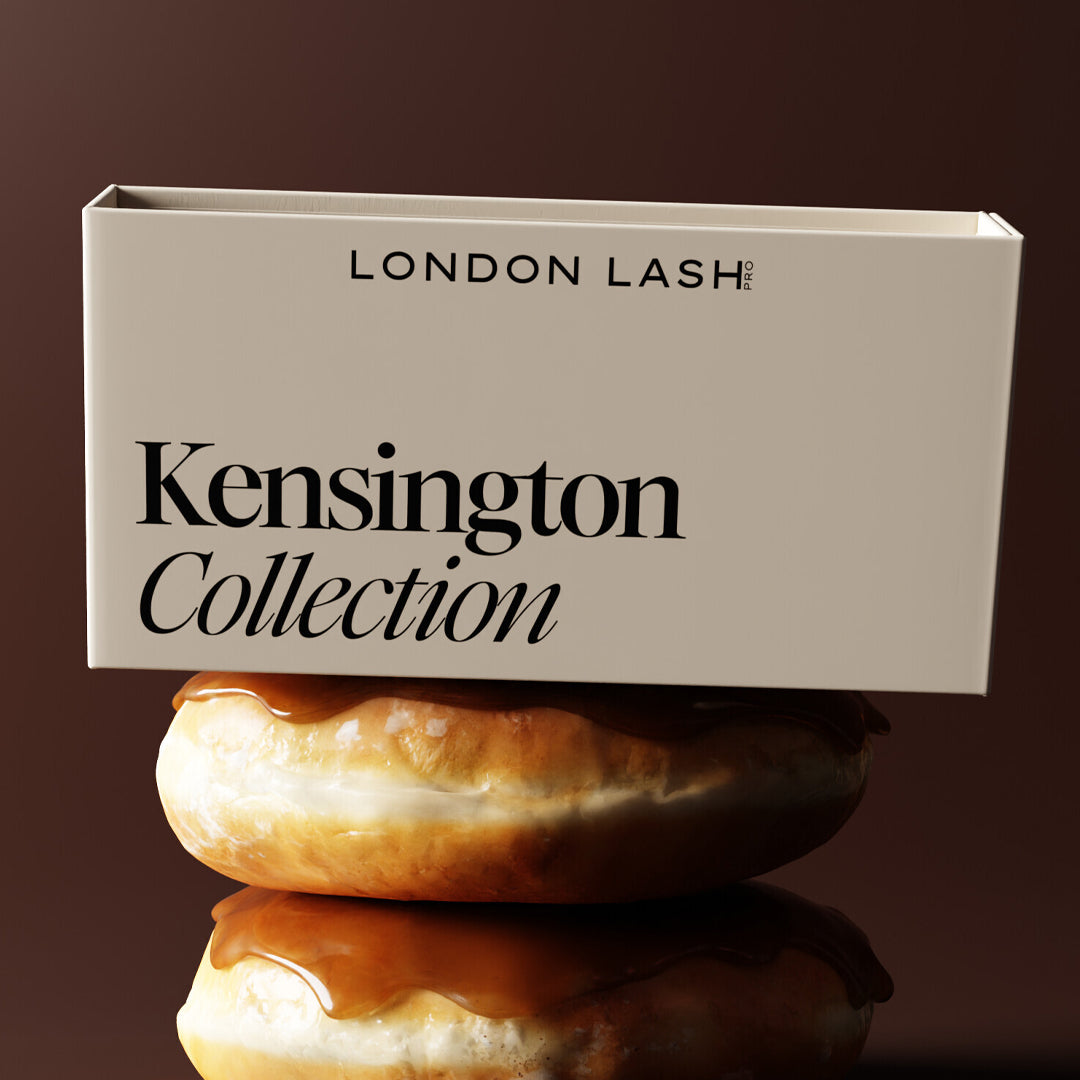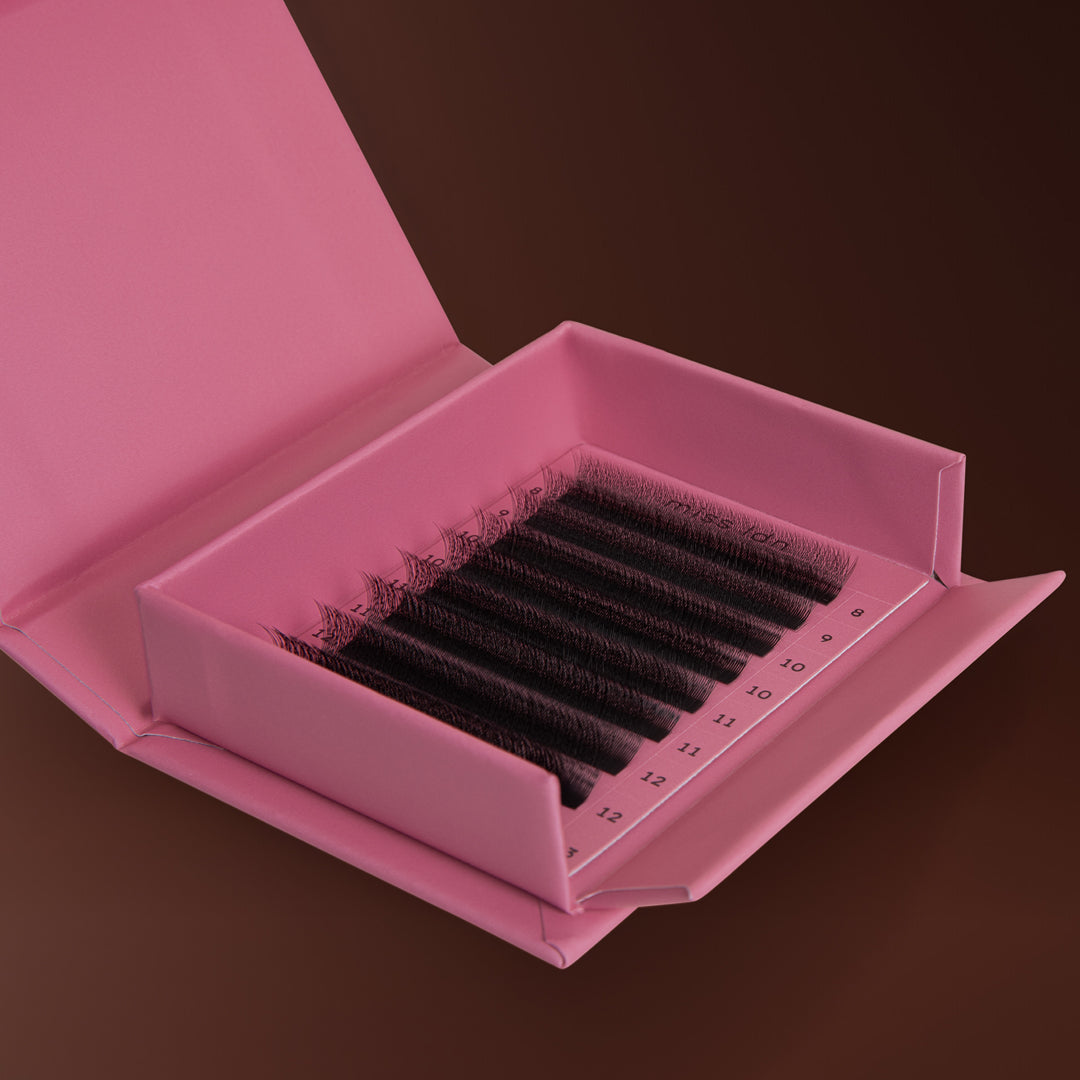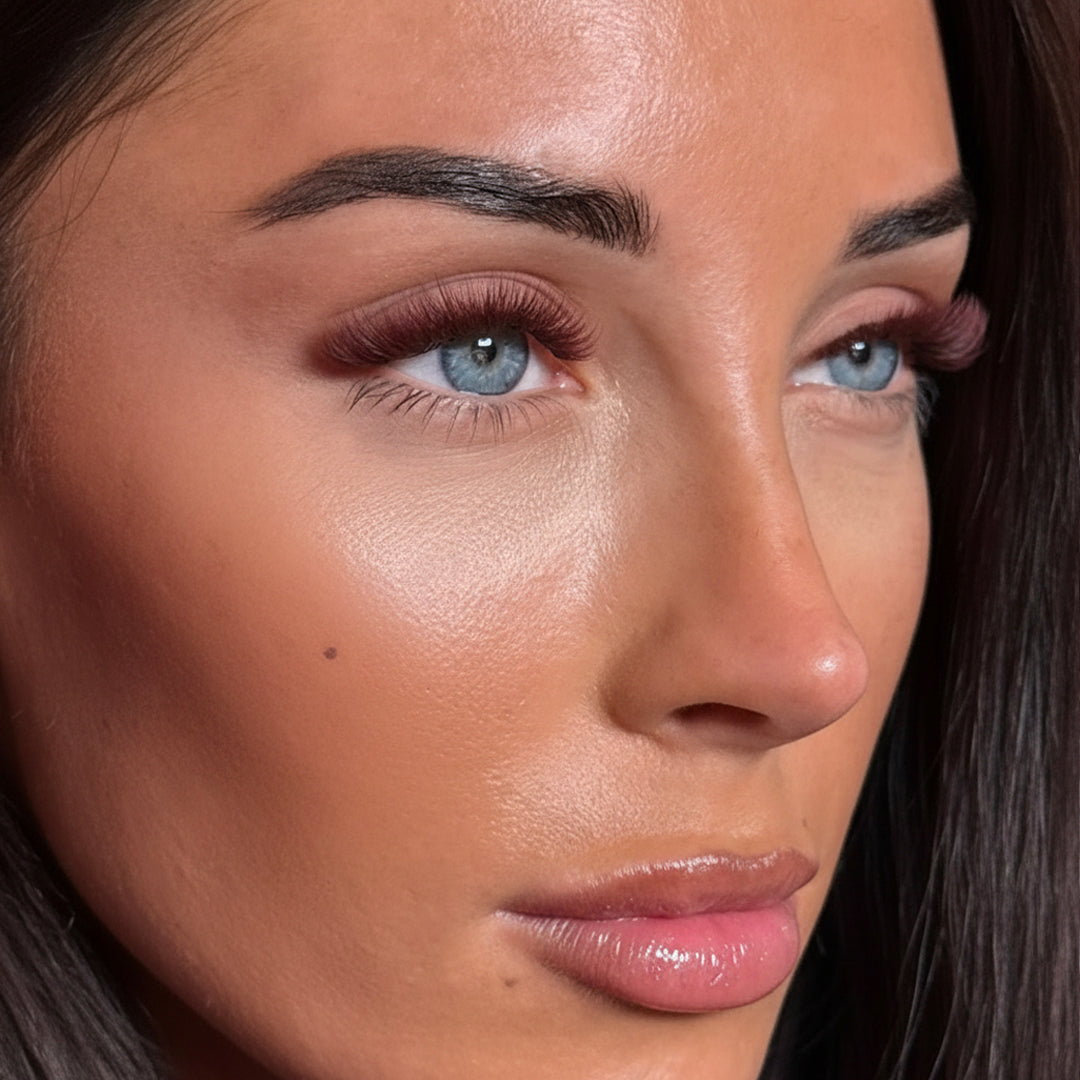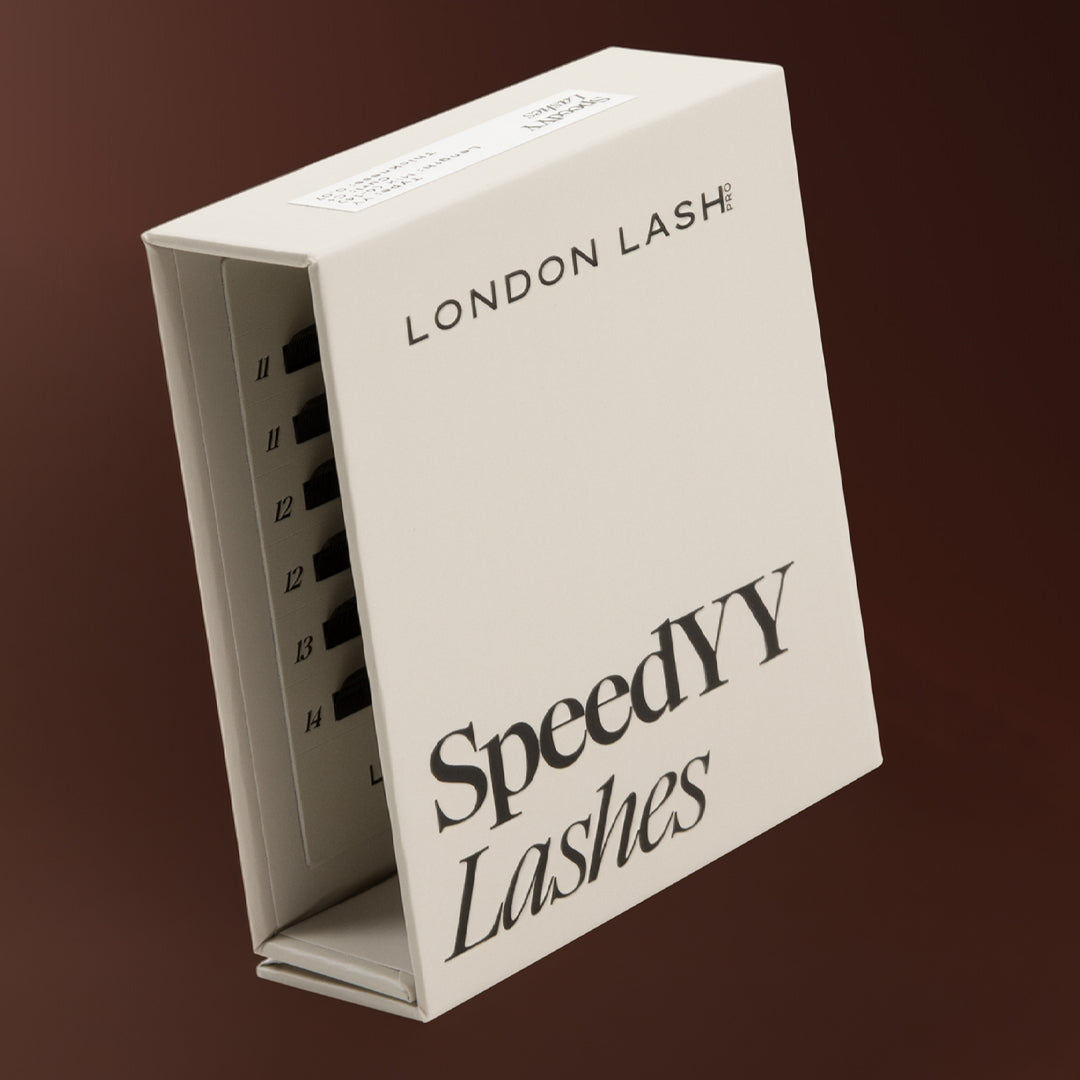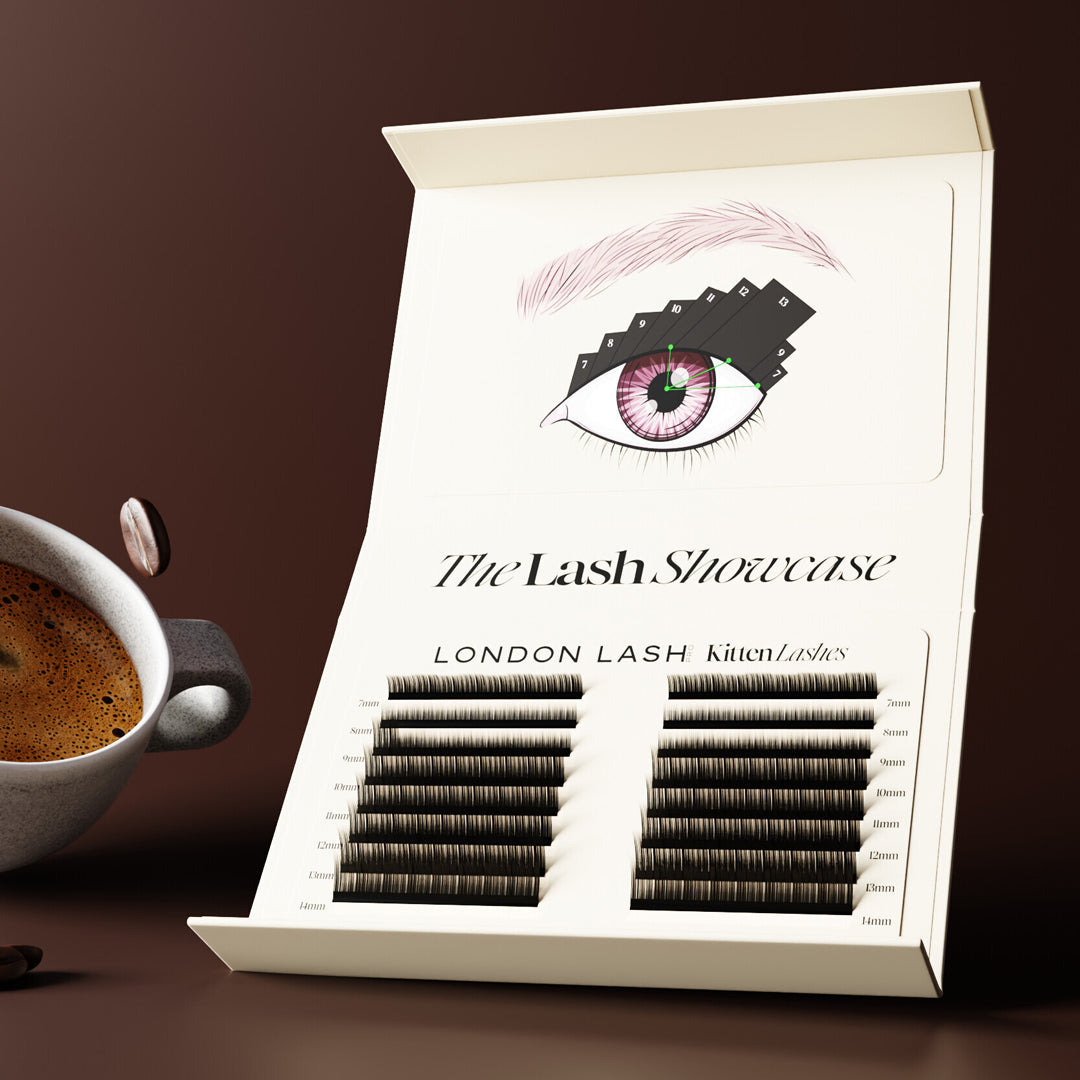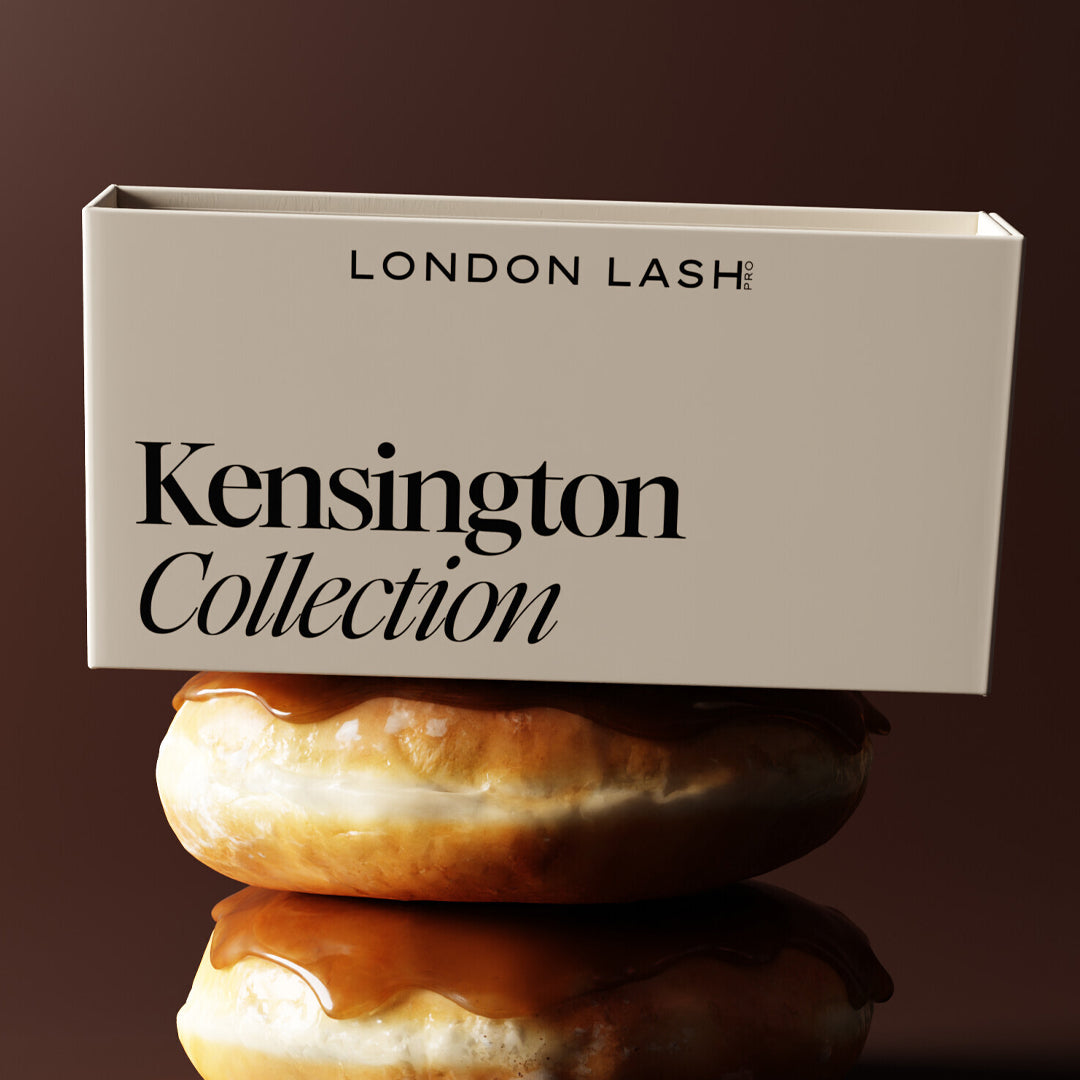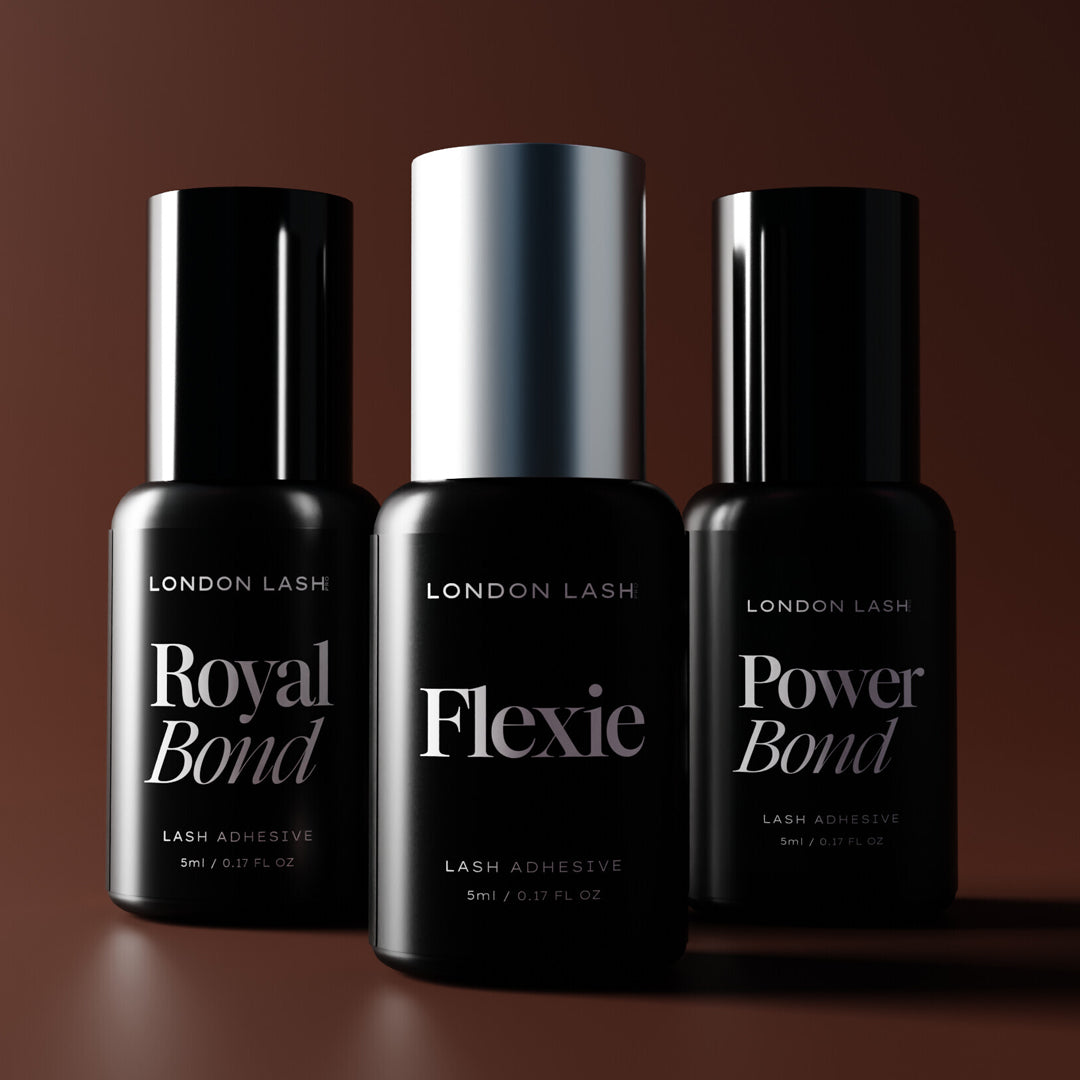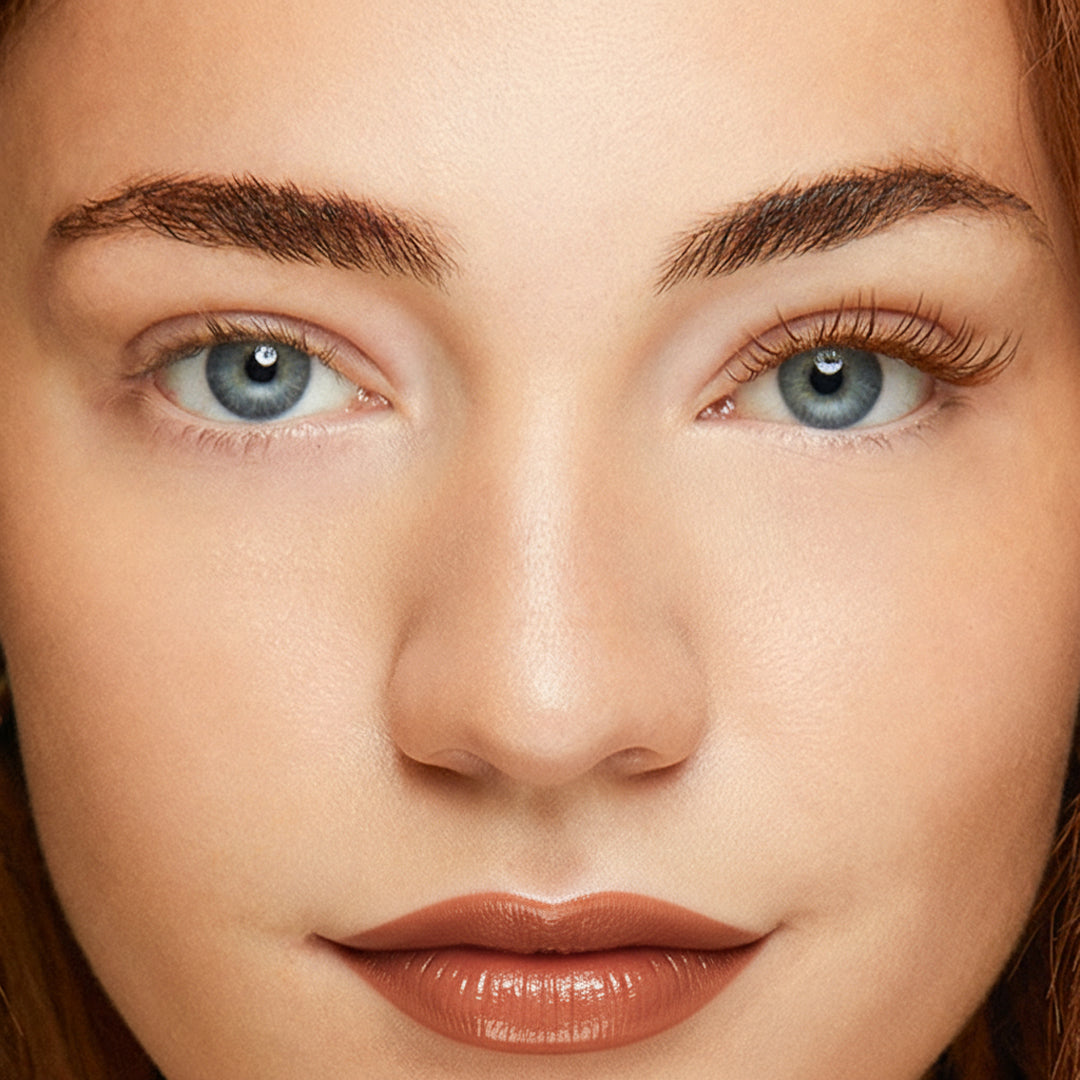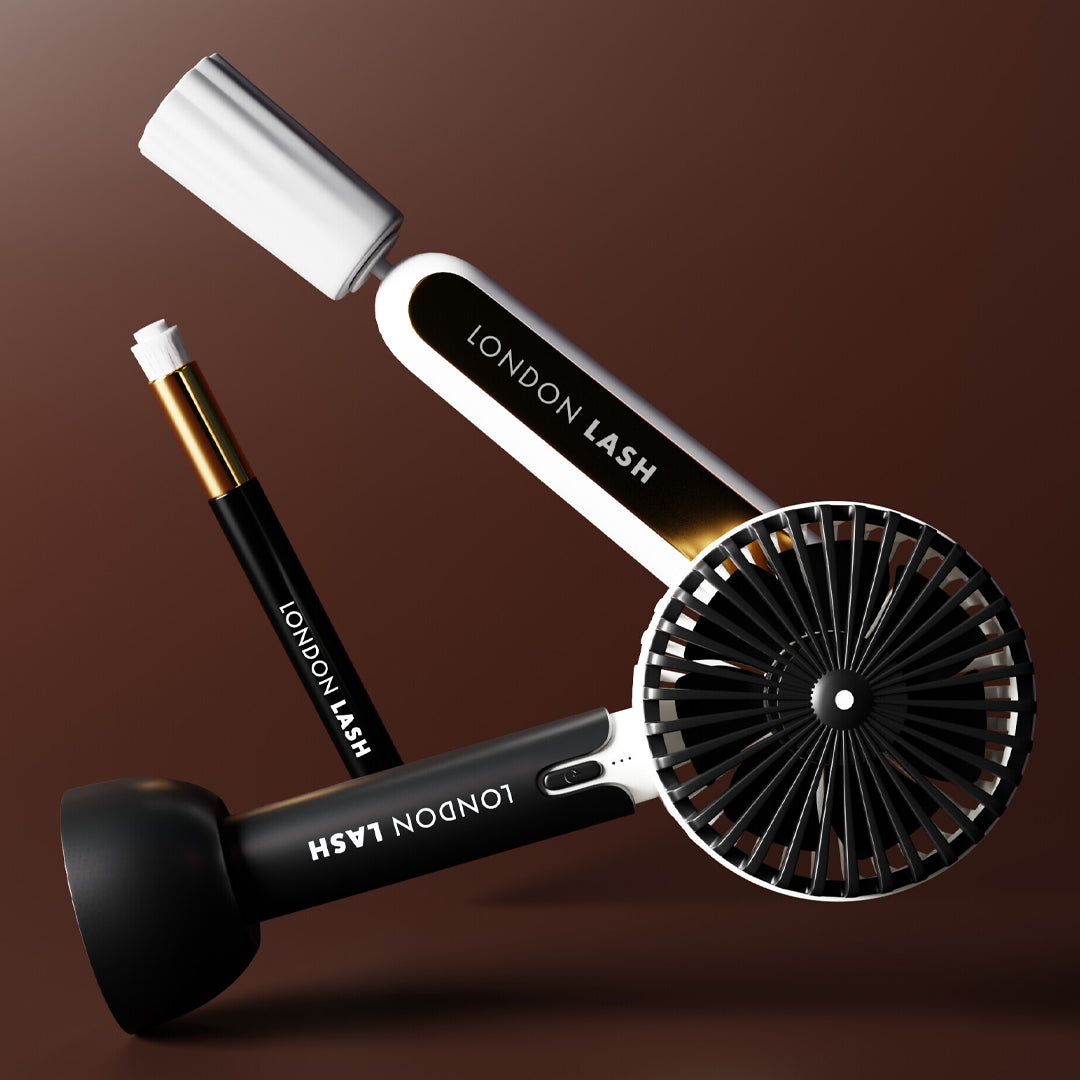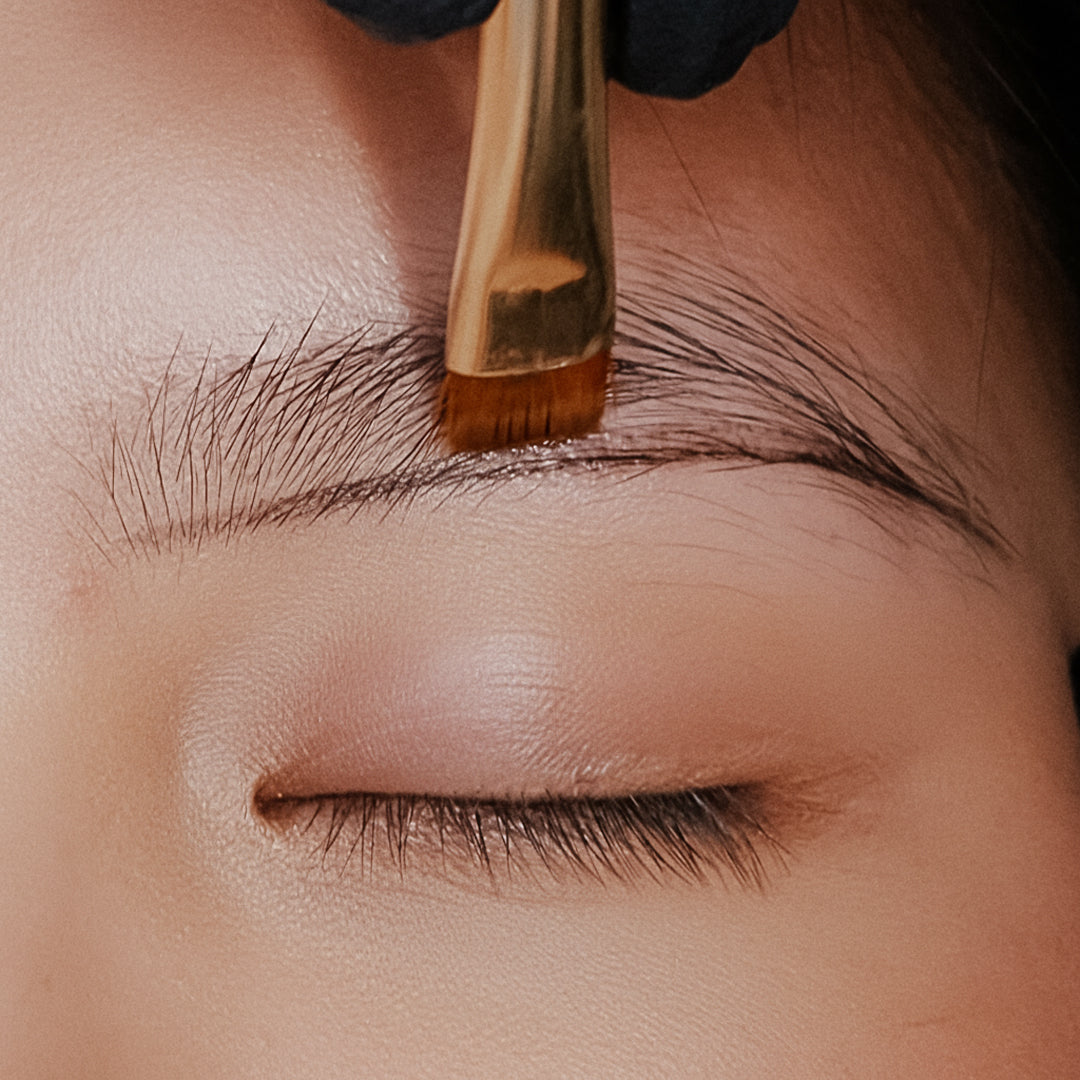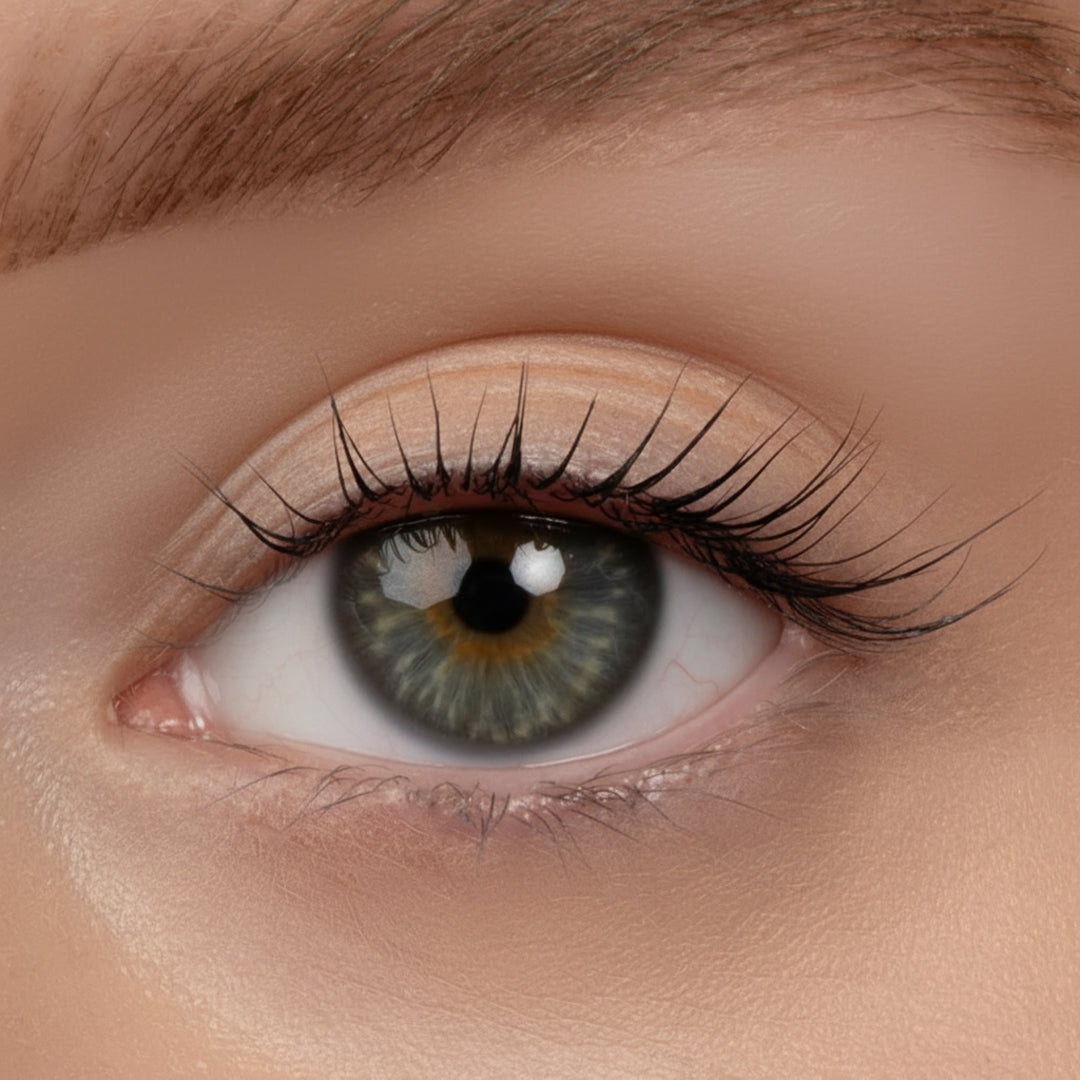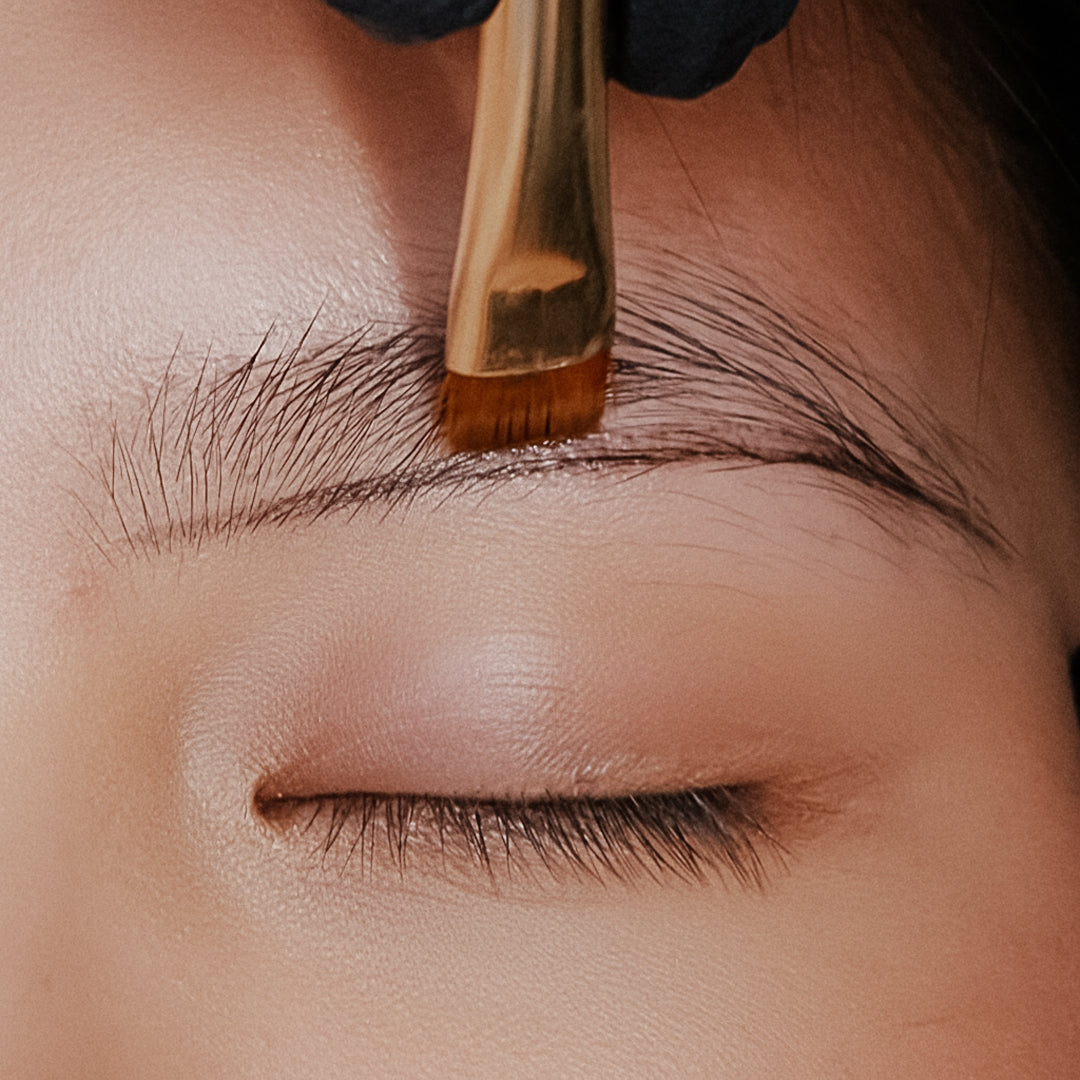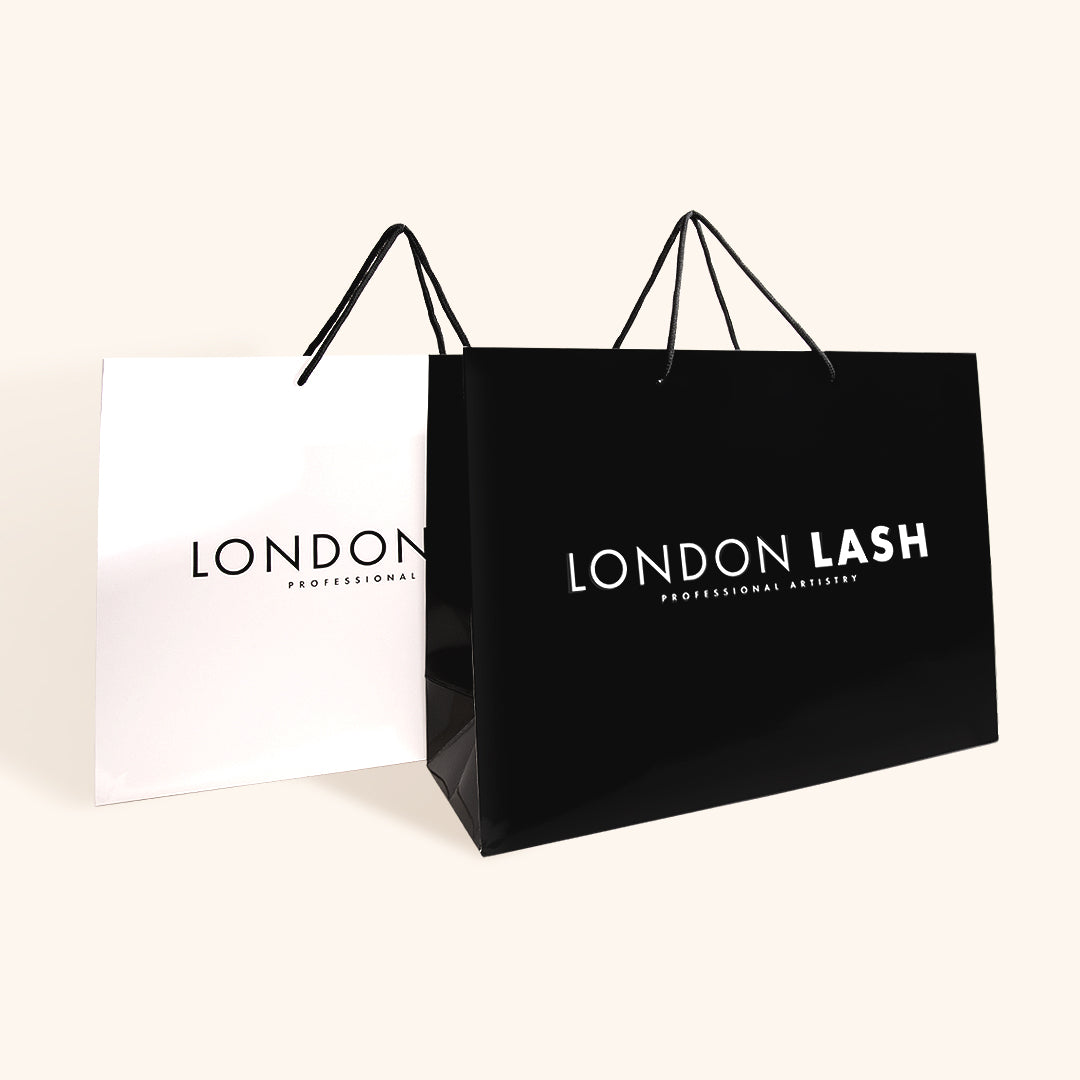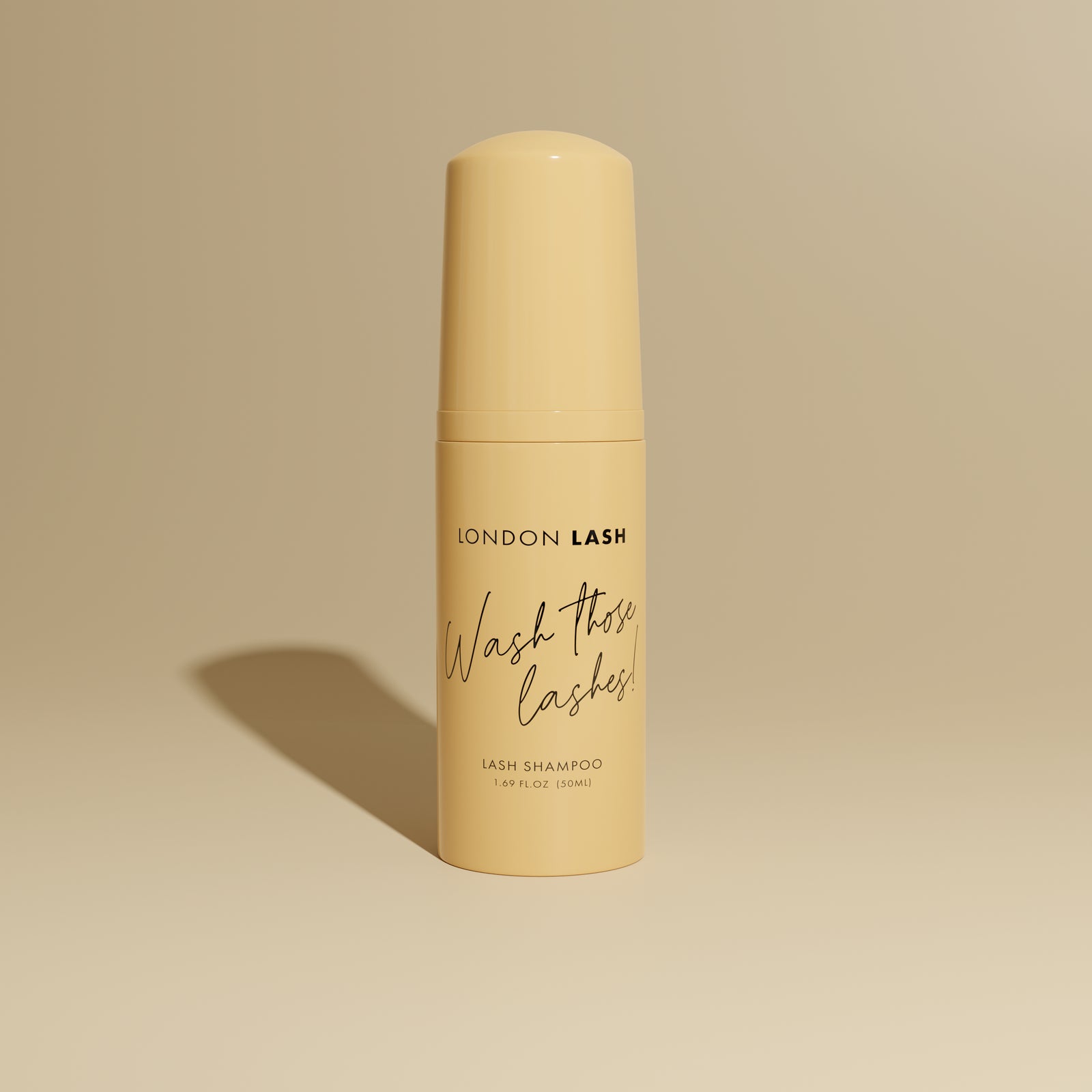Glues & Liquids
Eyelash Extensions
ACCESSORIES
So Henna
EYEBROWS
ONLINE TRAINING
Save up to 70% Off
Patch Testing for Lash Extension Treatments
July 06, 2023 4 min read

How to Patch Test Clients for Lash Extension Treatments
Depending on your location in Europe, rules and safety regulations around patch testing for eyelash extensions may be considerably different. Our advice today is simply on the formalities and importance of patch testing for any allergies to lash extensions, so make sure to follow your local laws and regulations on allergy testing for new clients. We will discuss a general overview on allergy patch testing and how to perform it safely for your clients.

What is a Patch Test
A patch test for eyelash extensions is not the same as patch testing for other procedures such as So Henna eyebrows patch testing or hair bleaching in a salon. The procedure for lash extension testing is a little different, as a Lash Tech you may be pressed for time on a daily basis but it is important not to cut corners, especially when taking on new clients.
With hair bleaching allergy testing or even a test for So Henna brows, a small amount of product will be placed on the client’s skin, usually behind the ear. If any reaction occurs, such as a burning sensation that does not go away, redness and soreness or a full allergic breakout, then the client is not suitable for a full procedure and it would be negligence to perform the procedure on them.
With any allergy to eyelash extensions, we must perform a different procedure, which is less of a ‘patch’ test and more of a short lash application.
How to Do a Patch Test
For lash extensions, it isn’t the extensions themselves that cause any allergic reaction, in fact the London Lash Eyelash Collection is fully hypoallergenic and made from a completely safe synthetic fibre. The allergic reaction may be caused by the Lash Adhesive, more so, the chemical cyanoacrylate, which is present in all glues, including lash glue. Cyanoacrylate is the chemical which creates a bond when it comes into contact with another surface.
To perform a patch test using eyelash glue, we cannot simply place a tiny bit of glue behind the client’s ear and wait for results as the glue is an irritant and we don’t place it on the skin during a lash set procedure, furthermore, we cannot patch them close to the eyes with a glue dot touching the skin either. The easiest way to patch test a client is to simply perform a quick lash extension procedure on them, ten lash extensions on each eye should be enough. For best results, you should at least use Lash Shampoo or Super Prep Duo Primer & Cleanser on your client’s lashes to make sure they’re clean and primed for the lash extensions as we do not want to harm the client’s natural lashes.

What Happens After The Test
The patch test should be carried out at least 24 - 48 hours before any lash extensions treatment. Any allergy to the eyelash extension lash glue should show signs within this time frame.
If there are no signs of allergic reactions, your client should be good to go for a full eyelash set. However, if your client has experienced any allergic reaction, (make sure you know the difference between Allergic Reaction and Chemical Burns, read our full blog post here) then you should advise your client to seek a pharmaceutical professional or medical advice, as Lash Artists, we are not medical professionals and should never advise clients to take any medications. Furthermore, if the client has shown allergic reactions they would not be suitable for lash extensions in the future.
Some clients may have read about ‘Sensitive Lash Glues’ or ‘Anti Allergy Gel’ for eyelash extensions. These products are marketing schemes. Every lash glue, no matter if it is strong or ‘sensitive’ includes cyanoacrylate, the chemical which can cause a reaction. Sensitive glues simply contain much less cyanoacrylate than regular glues, but cyanoacrylate is necessary for any glue to form a bond (lash glue, super glue, wood glue etc.) therefore if they glue promises no reaction, it is most likely not going to work as glue. If your client suggests for you to use a gel for anti allergic reactions, you still cannot perform the procedure as you would be liable knowing this is an allergic client, no matter the promises that these products, such as anti allergy gels promote, there is no guarantee that they would work.
If you perform lash procedures on your regular clients often, then you would be aware of any reactions, but, if you have regular clients who only come every so often with several months apart, it would be a good idea to patch test those clients every six months to be on the safe side.
Is It Accurate?
This is the age-old question. Any reaction to cyanoacrylate is accumulative. In simple terms, this means that while a client may not react during a patch test, they could react to the cyanoacrylate in lash glue at any moment. The longer a customer is exposed to lash glue, particularly the cyanoacrylate around the eyes, the more it accumulates in their system through the fumes in the lash glue. Therefore, they could be fine for many lash procedures but once the accumulation of cyanoacrylate has reached a reactive level, they may become allergic.
So, we cannot say that the patch test is 100% accurate, but it is a safer way of taking care of your clients, and your business practices as you do not want to perform any negligent treatments.
💡TOP TIPS💡
At the end of your lash treatment you can go through the client’s lashes and seal the lash glue using Superbonder, a product which will cure the glue immediately and get rid of any residual fumes. The higher the exposure to these fumes the higher the chances of a reaction.
Using a Glamcor Flow throughout your lash procedure will do wonders to circulate the air and blow most of the lash glue fumes away from the client’s eyes lessening the exposure the lash adhesive fumes.

Check out these featured products
Subscribe
Sign up to get the latest on sales, new releases and more …

